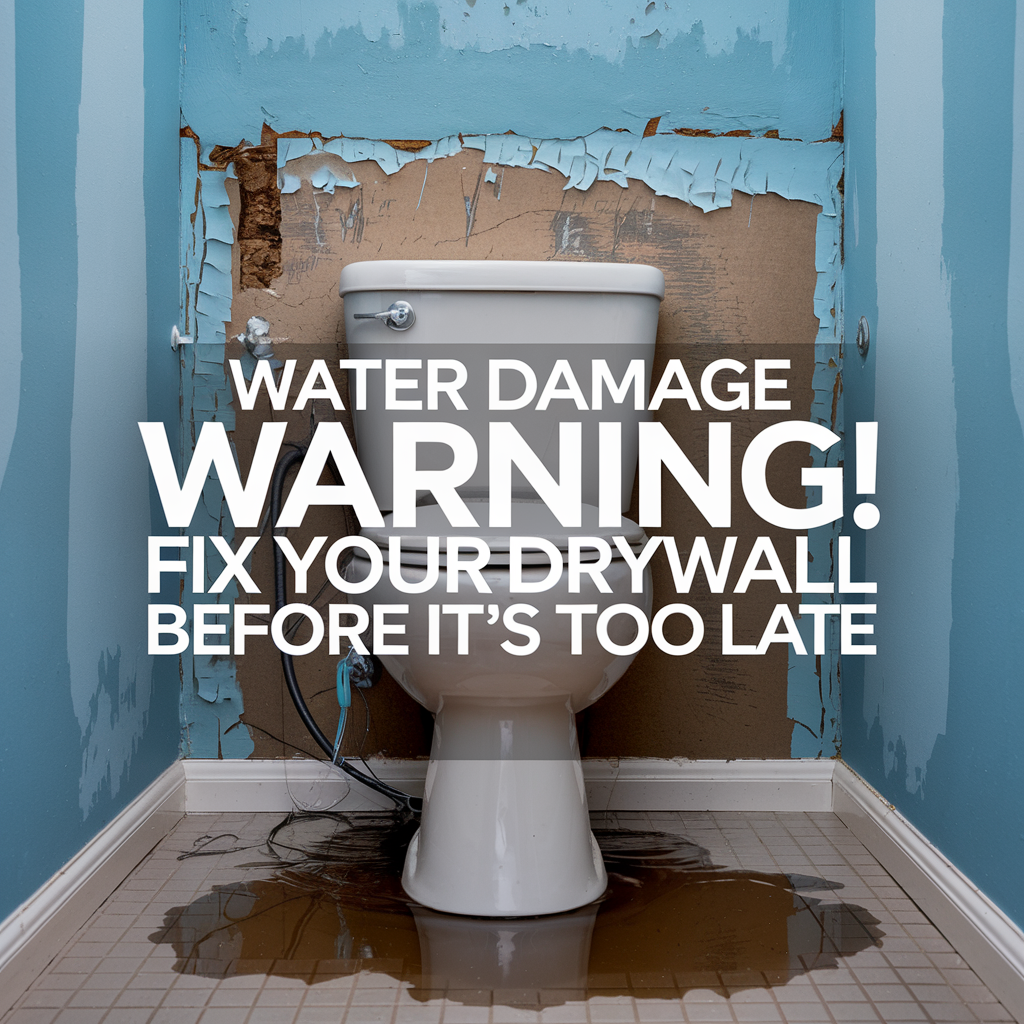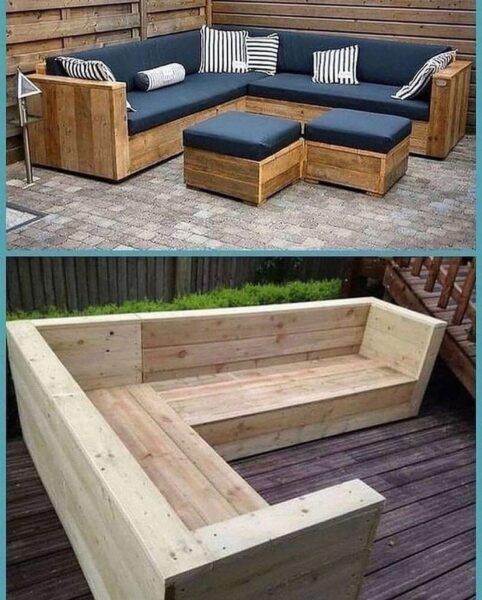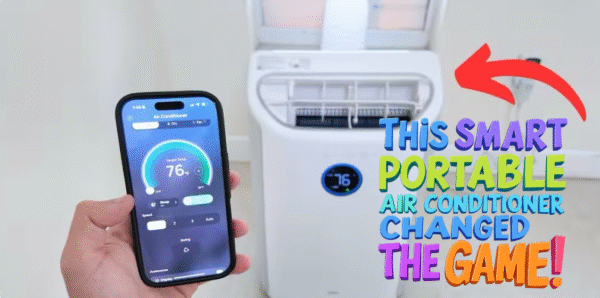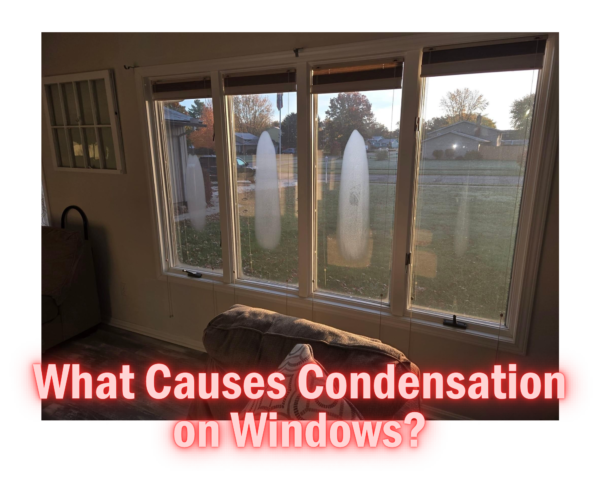
Why Is the Water Pressure in My House Suddenly Low?
One morning I turned on the kitchen faucet and got nothing more than a disappointing drizzle.
No warning, no slow buildup—just weak water flow out of nowhere. If you’ve had that moment, trust me, you’re not alone.
Low water pressure in the house can hit suddenly or gradually, but either way, it’s frustrating—and usually fixable.
Here are the most common reasons your water pressure might drop:
1. The Main Shut-Off Valve Isn’t Fully Open
This was actually the culprit at my place once.
Sometimes after plumbing work, water meter maintenance, or just accidental bumps, your main shut-off valve might not be turned all the way back on.
Even a partially closed valve can choke off your pressure.
2. A Failing Pressure Regulator
If your home has a pressure regulator (not every home does), it might be going bad.
These are usually installed near where the main water line enters the house, and when they fail, your water pressure can plummet overnight.
3. A Hidden Leak Somewhere in the System
This is the one no homeowner wants to hear.
If there’s a leak behind the walls, under the foundation, or in the yard line, it can rob your system of pressure while causing all kinds of damage.
I had this happen once and didn’t catch it until I noticed a soft spot in the drywall and a subtle musty smell. If you think a hidden leak might be the issue, check out this detailed breakdown of how to repair water-damaged drywall and prevent future issues. It helped me catch the damage before it got out of control.
4. Sediment or Buildup in Pipes or Fixtures
Especially in homes with hard water, minerals like calcium and lime can build up over time, clogging aerators, showerheads, or even the pipes themselves.
This slows water flow and makes it feel like your whole house has bad pressure—even if the main line is fine.

How Can I Fix Low Water Pressure Myself?
Once I figured out my issue was a mix of a half-open shutoff valve and a clogged faucet screen, I realized most water pressure fixes are DIY-friendly—as long as you know where to start.
Here’s what I recommend checking first:
1. Open the Main Water Valve Fully
Start at the source.
Make sure your home’s main valve (usually where the water line enters your house) is completely open. If it’s even slightly turned, it can throttle your pressure across the whole house.
2. Inspect the Pressure Regulator
If you have a pressure regulator, it may be adjustable.
Try turning it slightly (clockwise usually increases pressure), but if that doesn’t help, the regulator may need to be replaced. It’s a quick job for a plumber, or a confident DIYer with a wrench and a little patience.
3. Clean Your Faucet Aerators and Showerheads
Unscrew the aerators from your kitchen and bathroom faucets and soak them in vinegar for an hour to dissolve mineral buildup.
I was amazed how much difference this made in my bathroom sink—it went from a weak stream to full pressure instantly.
4. Look for Visible Leaks and Wet Spots
Check under sinks, around toilets, in the basement, and even around your foundation for any signs of slow leaks.
If you spot any discoloration or bubbling drywall, that’s a red flag you might have a pressure-stealing leak.
These simple checks are where I always start when my water pressure dips.
Nine times out of ten, you’ll find something small that’s totally fixable—no need to call a plumber just yet.

What Causes Low Water Pressure in Just One Faucet?
This one used to confuse me.
Why would only the kitchen sink have weak pressure while everything else in the house worked just fine?
Turns out, when only one faucet has low water pressure, the problem is usually right at the fixture—and the fix is often way simpler than people think.
Here’s what I’ve found in my own home:
1. Clogged Faucet Aerator
This is the #1 culprit.
Hard water minerals build up inside the little screen at the tip of the faucet, restricting flow.
Take it off, soak it in vinegar, give it a good scrub with an old toothbrush, and boom—back to full pressure.
2. Local Shut-Off Valve Partially Closed
Each faucet typically has its own shut-off valves under the sink.
Sometimes one gets bumped or doesn’t open fully after plumbing work. Turn it counterclockwise to be sure it’s fully open.
3. Faulty Cartridge or Internal Fixture Blockage
This is more common with bathroom faucets or newer kitchen models.
If the aerator’s clean but the water still trickles, the internal cartridge might be gunked up or worn out. I’ve had to replace one before—cheap fix, just a little finicky.
4. Line-Specific Blockage
In older homes, corrosion inside galvanized steel pipes can cause pressure loss in just one line.
This one’s rare but worth checking if everything else looks good.
If just one faucet’s acting up, it’s not your whole system—it’s just a small, localized issue you can usually fix in 10 minutes or less.

Fixing Low Shower Pressure Without Replacing Pipes
I don’t know what it is about weak shower pressure, but it’s one of the most frustrating things in the world.
There’s nothing worse than trying to rinse off shampoo under a sad little trickle.
Luckily, I’ve found a few solid ways to fix low shower pressure without touching the plumbing behind the wall:
1. Remove the Showerhead and Soak It
Mineral buildup is the #1 shower pressure killer.
Take the showerhead off, soak it overnight in white vinegar, and rinse it out.
Sometimes I’ll poke the nozzles with a toothpick to really clear out the gunk.
2. Clean or Remove the Flow Restrictor
Most modern showerheads have built-in restrictors for water efficiency.
If yours has poor flow even after cleaning, you can pop the restrictor out.
(Just know that you’ll use more water—but it sure feels better.)
3. Replace the Showerhead With a High-Pressure Model
When I couldn’t revive mine, I swapped it for a high-pressure model made for low-flow homes.
Game changer. Cost me about $25 and made every shower feel brand new.
4. Check the Shower Valve Cartridge
If everything else is clean and you’re still dealing with weak pressure, the mixing valve or cartridge inside the wall might be partially blocked.
These can be replaced without cutting drywall, but depending on your setup, it might be worth calling a pro for this one.
When I fixed my shower’s pressure, it felt like I got a new bathroom without spending a dime on remodeling—and the job only took an hour.

How to Improve Water Pressure for the Whole House
After dealing with weak pressure in every faucet, I stopped messing around with individual fixes and started thinking bigger:
How do I improve water pressure across the entire house—without calling in a plumber or ripping out pipes?
Here’s what actually worked for me:
1. Check the Main Water Valve Again
This sounds basic, but it’s one of the most common culprits.
I once had mine slightly turned after a meter swap, and it knocked the whole house pressure down by half. Make sure it’s fully open.
2. Tweak or Replace the Pressure Regulator
If your house has a pressure regulator (usually near the main shut-off), it might be misadjusted—or failing altogether.
A quick wrench twist could help. If not, replacing the regulator boosted my flow significantly.
3. Install a Water Pressure Booster Pump
This was the fix that finally made my second-floor shower usable again.
I installed a reliable booster pump like this one, and it gave a strong, steady pressure throughout the entire house—no plumbing overhaul needed.
The ECO-WORTHY 33-Series water pressure pump runs on standard 110V, includes hose adapters, and even works for RVs or irrigation setups.
If you’re tired of trickling faucets and slow-filling tubs, it’s the kind of DIY-friendly upgrade that pays off instantly.

4. Flush Out the Water Heater
If your pressure’s worst on the hot water side, there’s a good chance your heater is packed with sediment.
Mine was—until I did a full flush and watched all the grit pour out.
Here’s the step-by-step I followed to flush sediment out of my water heater the right way:
How do you flush sediment out of a water heater?
Keeping your water heater clean improves both pressure and performance—plus it can help you avoid early replacements.
5. Replace Old Galvanized Lines If Needed
If you’ve got steel pipes and your home’s more than a few decades old, corrosion may be restricting water flow inside the walls.
I haven’t had to do this yet, but it’s on my radar for when we remodel the bathroom.
Sometimes improving water pressure is about chasing one fix—other times, it’s about stacking small upgrades.
In my case, the water booster pump and heater flush made a night-and-day difference.

Can a Clogged Pipe Reduce Water Pressure?
You bet it can.
I had one section of pipe in my basement bathroom that felt like it had been clogged with concrete. It was so bad, water pressure dropped to almost nothing.
Here’s how I figured it out:
1. Pressure Was Low in Just One Part of the House
Everything else worked fine—except the sink and shower in that one room.
That’s a classic sign you’ve got buildup, corrosion, or gunk inside the pipe, not a system-wide issue.
2. Weird Sounds in the Walls
Every time I turned the faucet on, I’d hear a faint rattling or hissing. That noise? It was water trying to force itself through a narrow, clogged line.
3. Rusty Water and Flakes
If you ever see orange or brown water coming out of the tap—or gritty little flakes—your pipes are probably corroding inside.
That’s not just gross. It’s wrecking your water pressure too.
I’m not ready to re-pipe the whole house just yet, but clearing that clogged line gave me back full flow in that bathroom.
Start by flushing fixtures, cleaning aerators, and working your way backward. And if that fails, well… now I know how to track down the real cause.

When Should I Call a Plumber for Low Water Pressure?
I’m all about handling stuff myself.
But I’ve learned that sometimes low water pressure is a sign of a bigger issue, and pushing it off can lead to way more expensive problems down the road.
Here’s when I draw the line and call a pro:
1. You’ve Tried All the DIY Fixes and Nothing Helps
If you’ve checked valves, flushed your heater, cleaned aerators, and even tried something like a DIY booster pump—but the pressure still stinks—it’s time to bring someone in.
2. You Suspect a Hidden Leak or Broken Main Line
Sudden water pressure loss combined with wet spots, rising water bills, or mold smells usually means there’s a leak you can’t see.
And unless you want to start ripping out drywall yourself, a plumber can find and fix it faster.
(If you’ve already spotted water damage, here’s how to repair water-damaged drywall and prevent future issues before things get worse.)
3. Water Pressure Drops Suddenly in All Fixtures
If everything was working great and then one morning you have no pressure at all, something serious may have failed—possibly the pressure regulator, main supply line, or even the municipal connection.
4. Your Pipes Are Old and Possibly Corroded
In homes with older galvanized steel pipes, the corrosion builds up like plaque in arteries.
That’s a job for a licensed plumber, not a wrench-and-prayer DIY fix.
If you’re not sure, get a quote. It’s free in most cases—and it beats waking up to a burst pipe or no water at all.

Take Control: How to Fix Low Water Pressure in House
When your house has low water pressure, it affects everything—from washing dishes to taking a decent shower.
But the good news? You can fix most pressure problems yourself without expensive tools or professional help.
Start simple:
- Open valves all the way
- Clean out clogged fixtures
- Flush your water heater the right way
- And if you’re ready to go big—install a water pressure booster pump like this one that gives your whole home a lift.
I’ve done it all—and not only did I solve the problem, I saved a ton by not bringing in a plumber for something I could handle myself.
If you’re tired of dribbling sinks and underwhelming showers, now you know how to fix low water pressure in your house—and take your water flow from frustrating to fantastic.
As an Amazon Associate we earn from qualifying purchases through some links in our articles.



